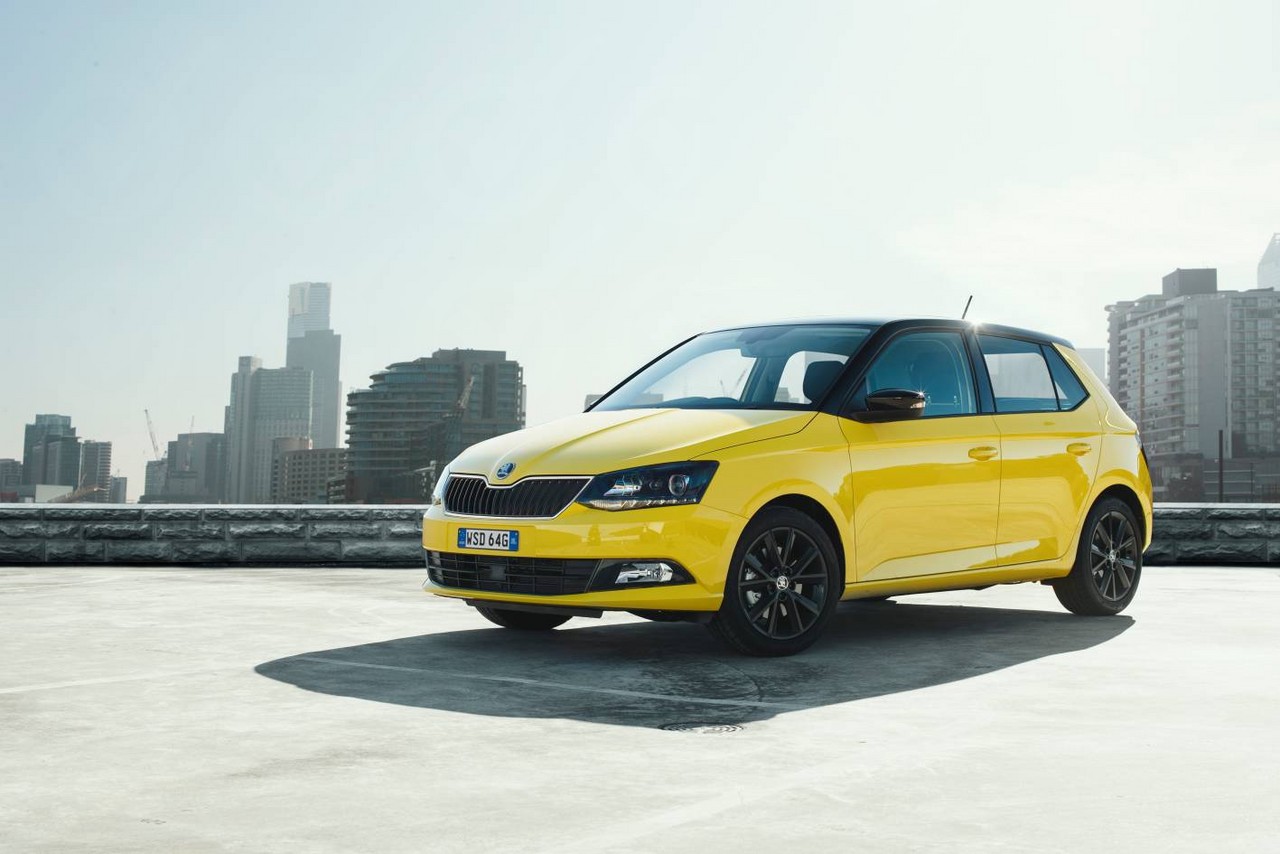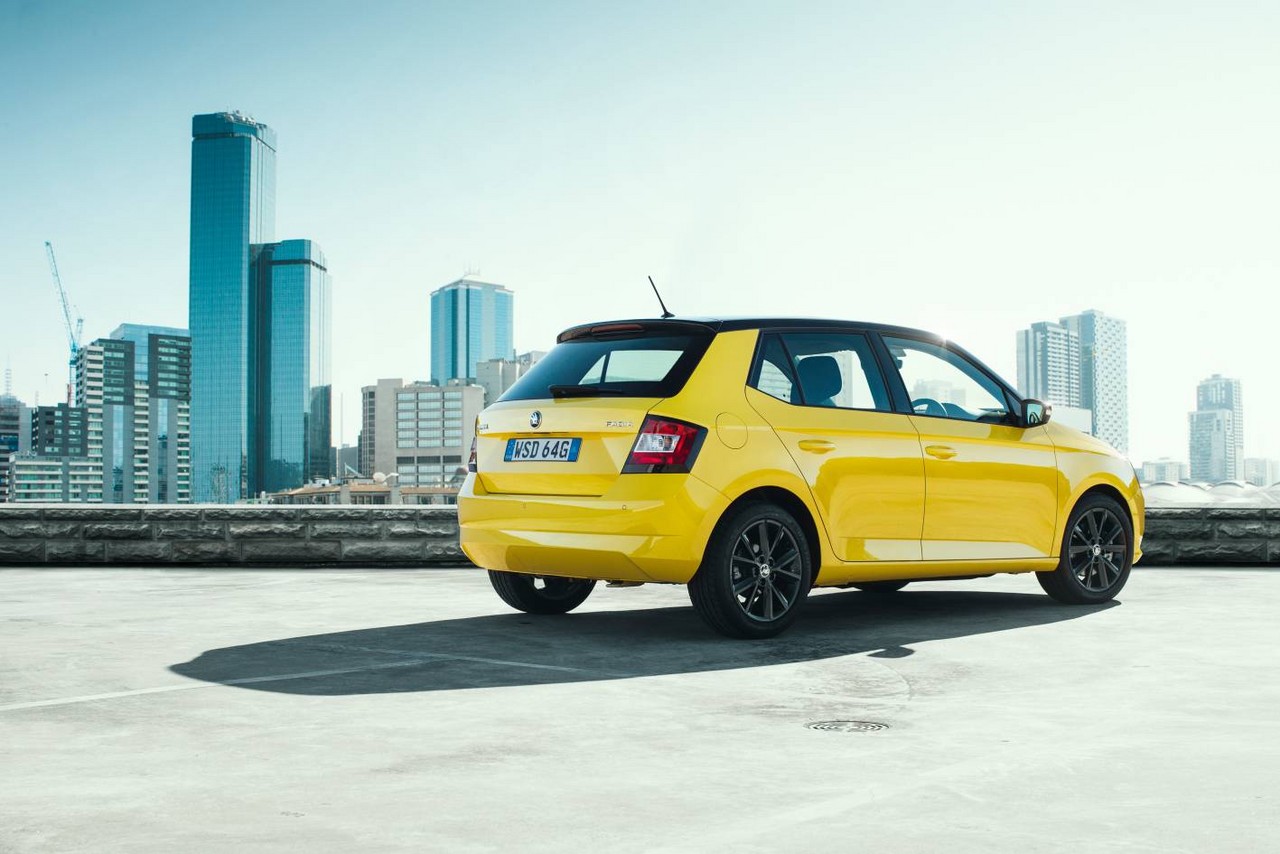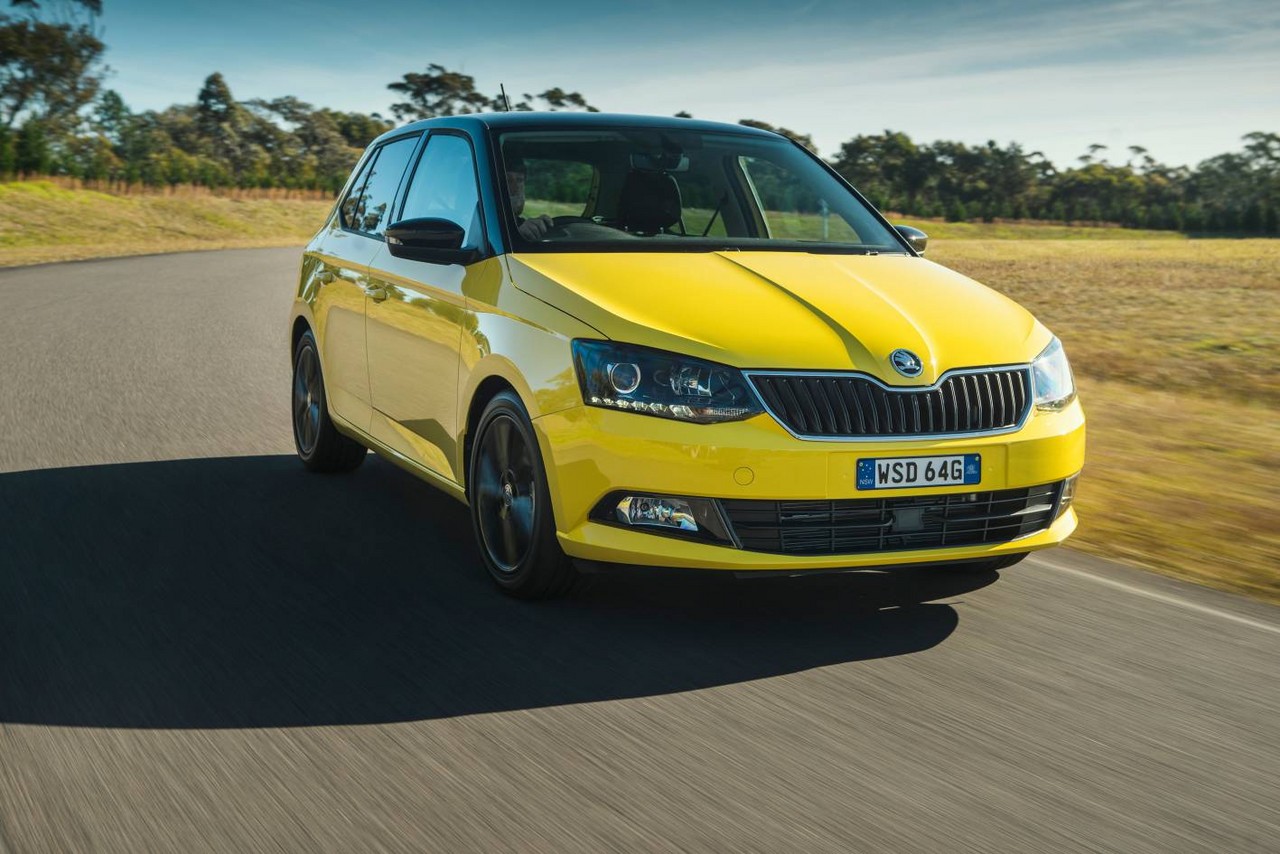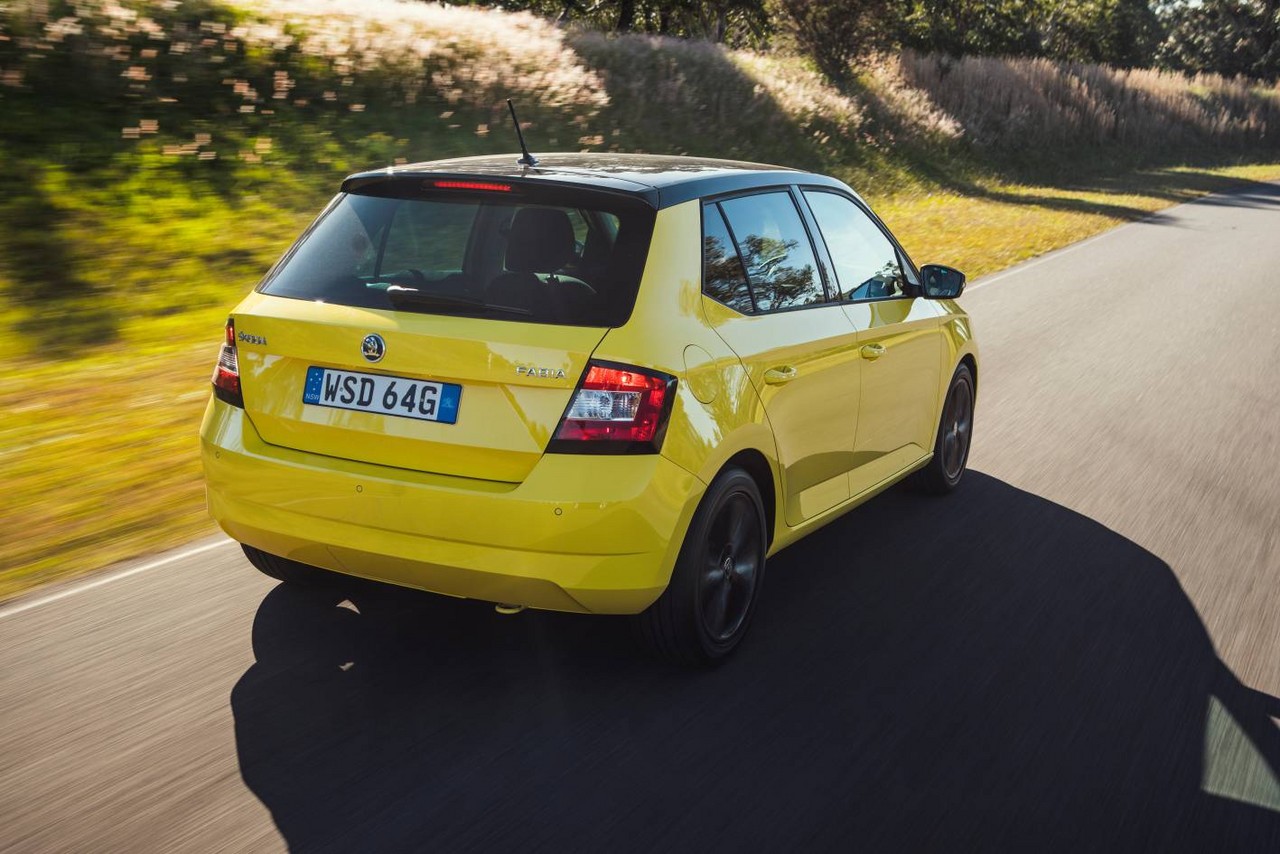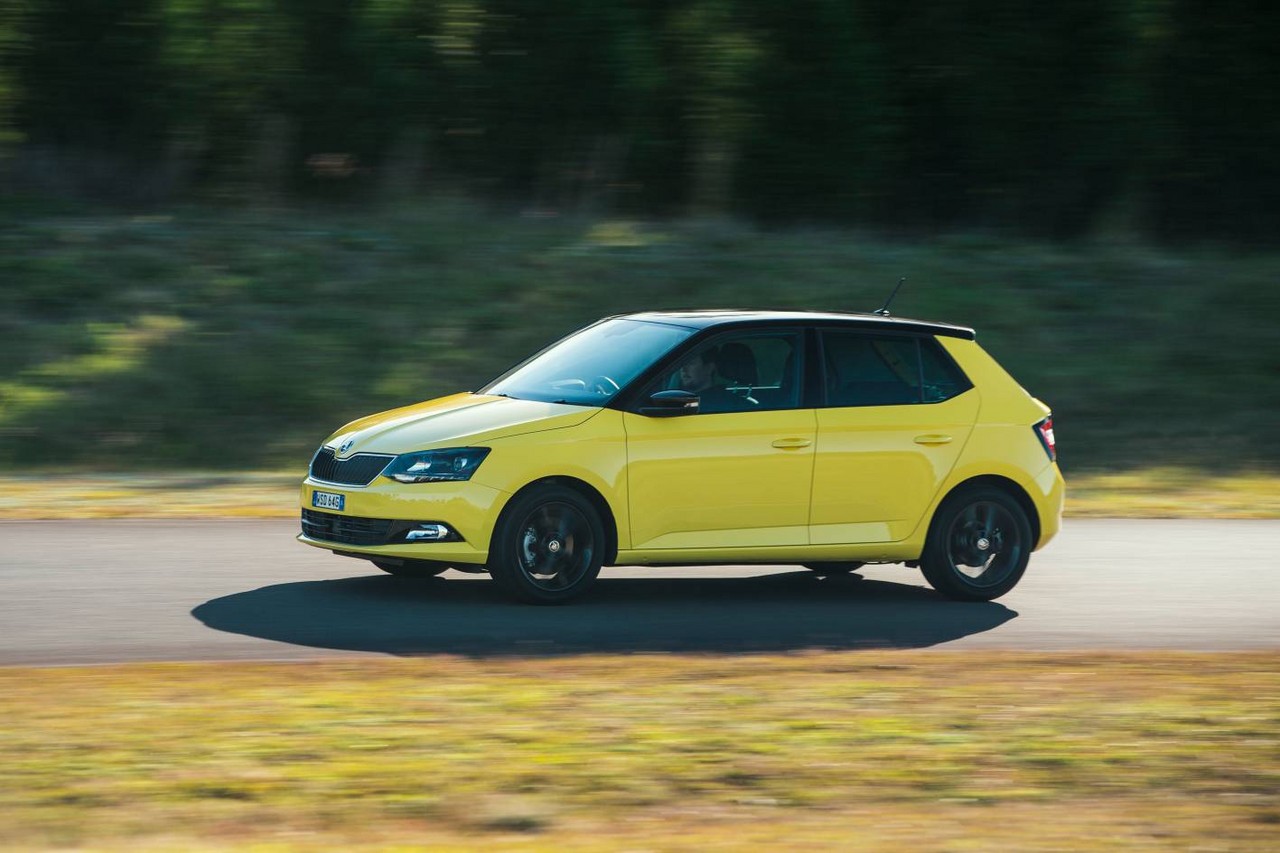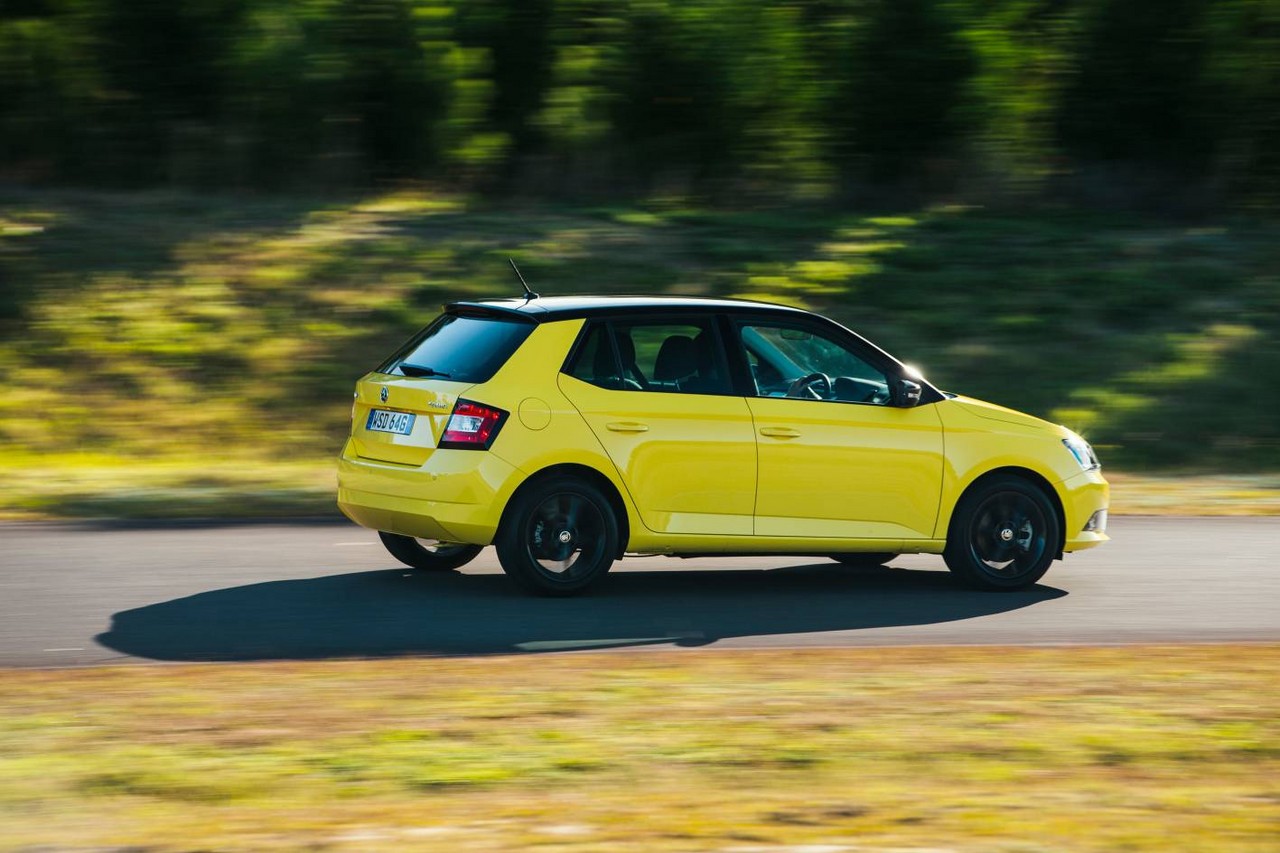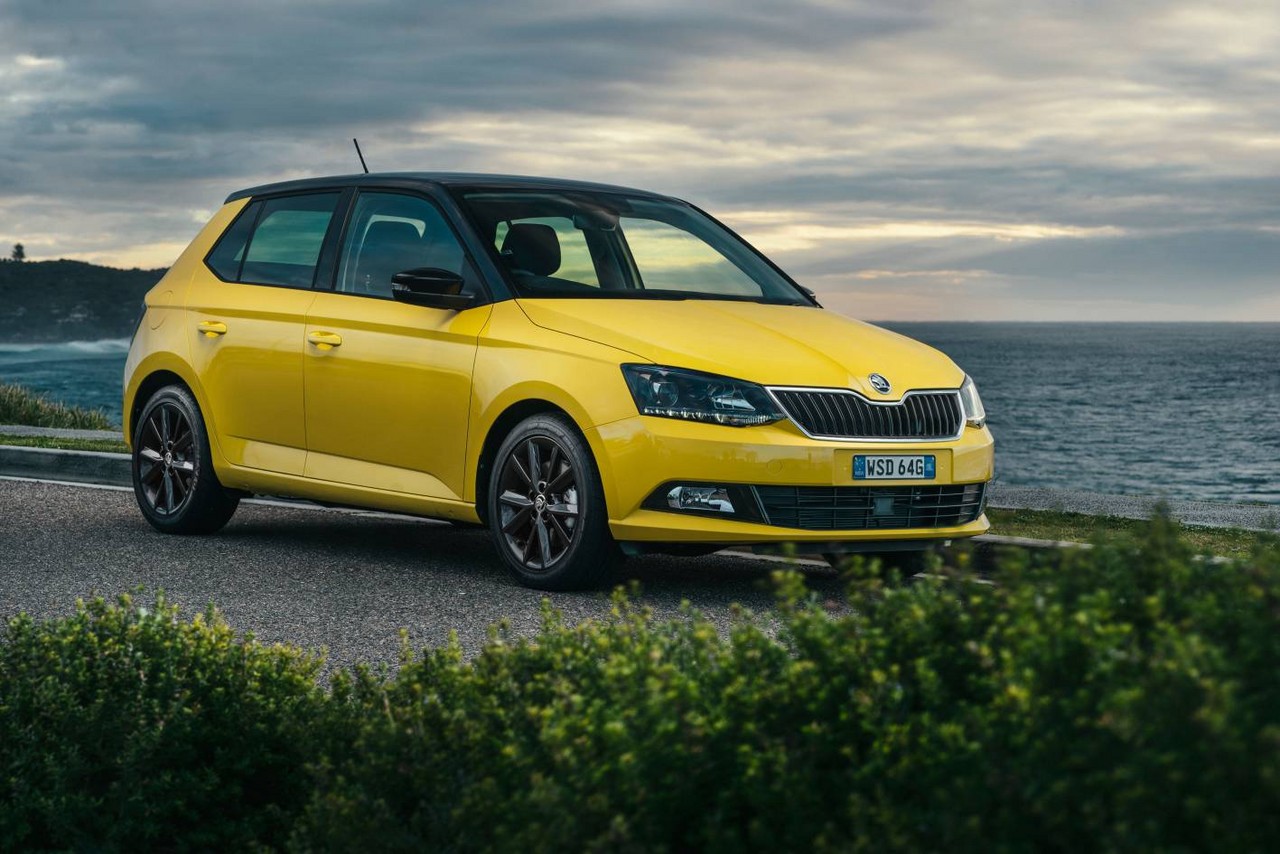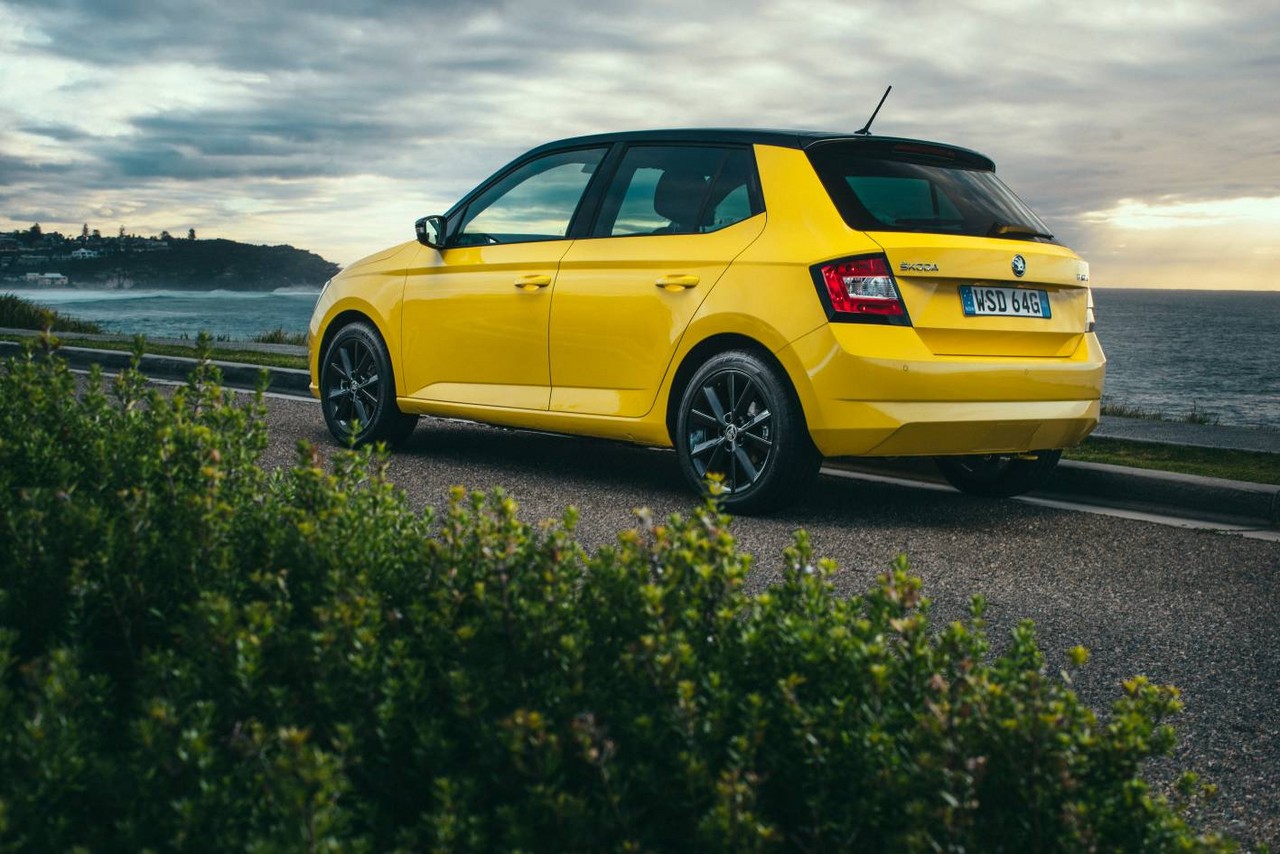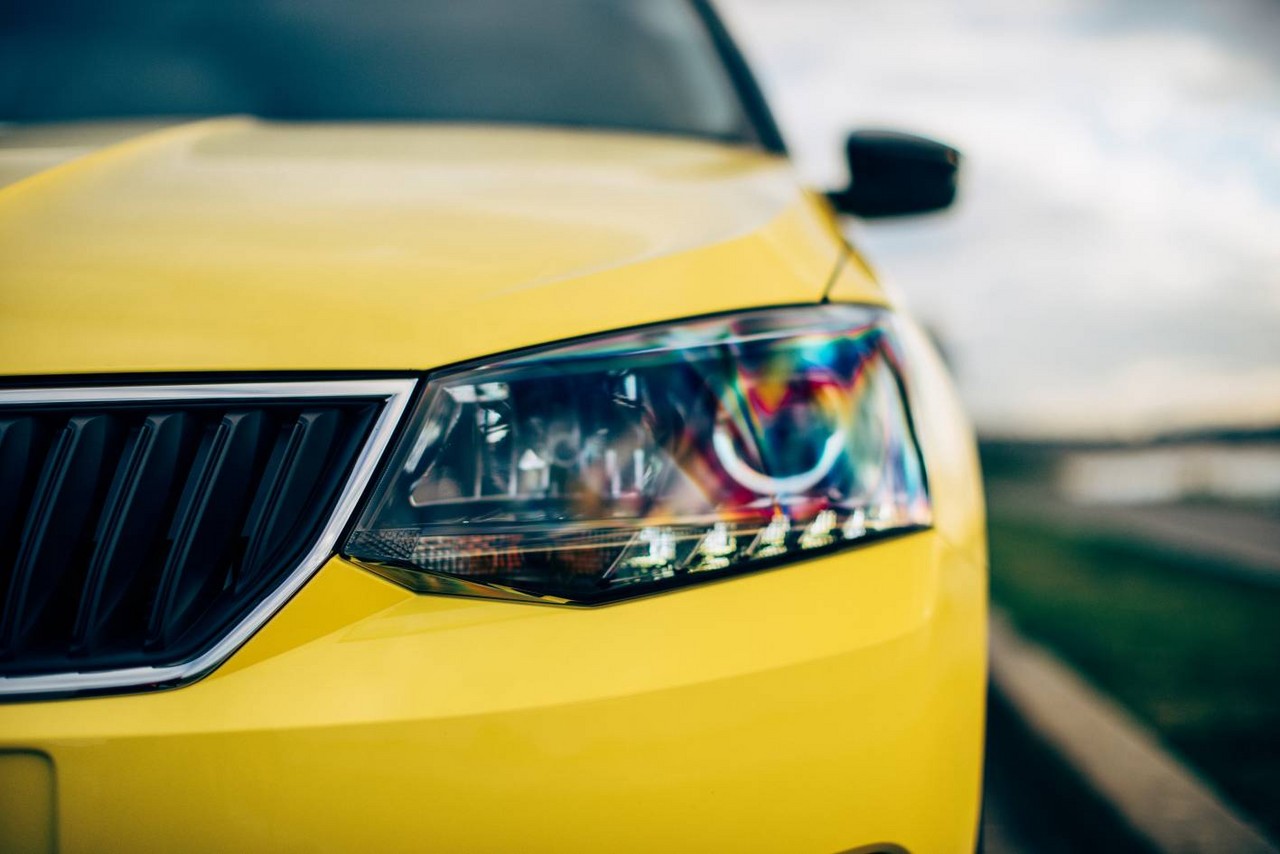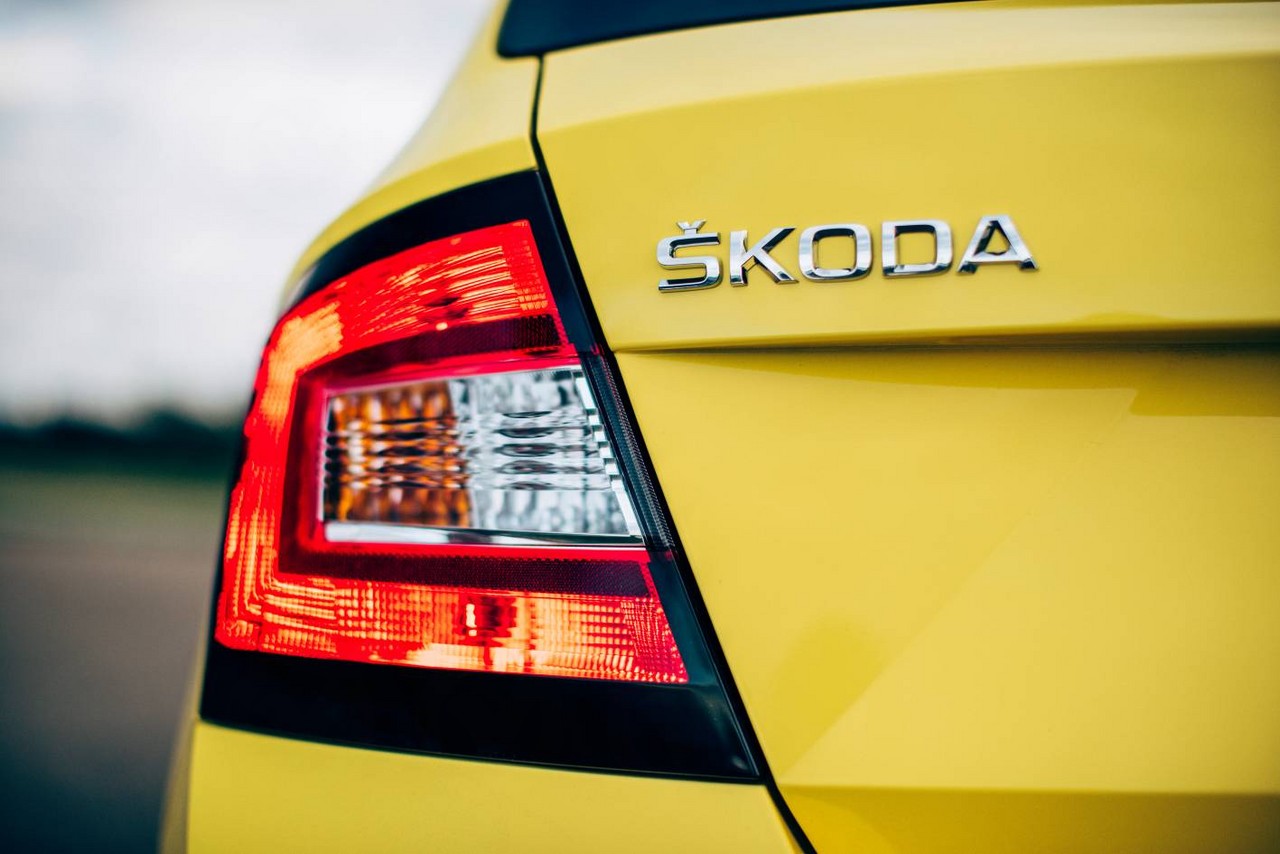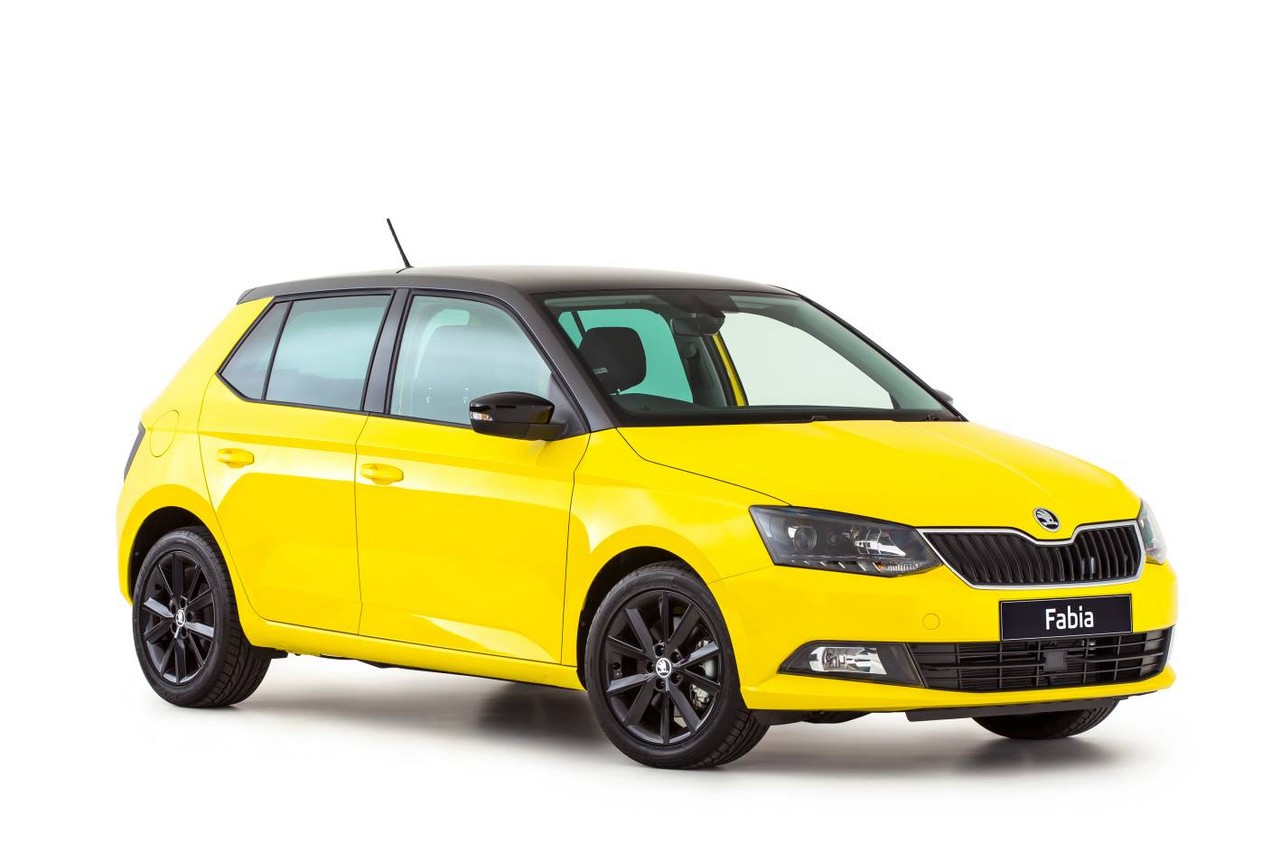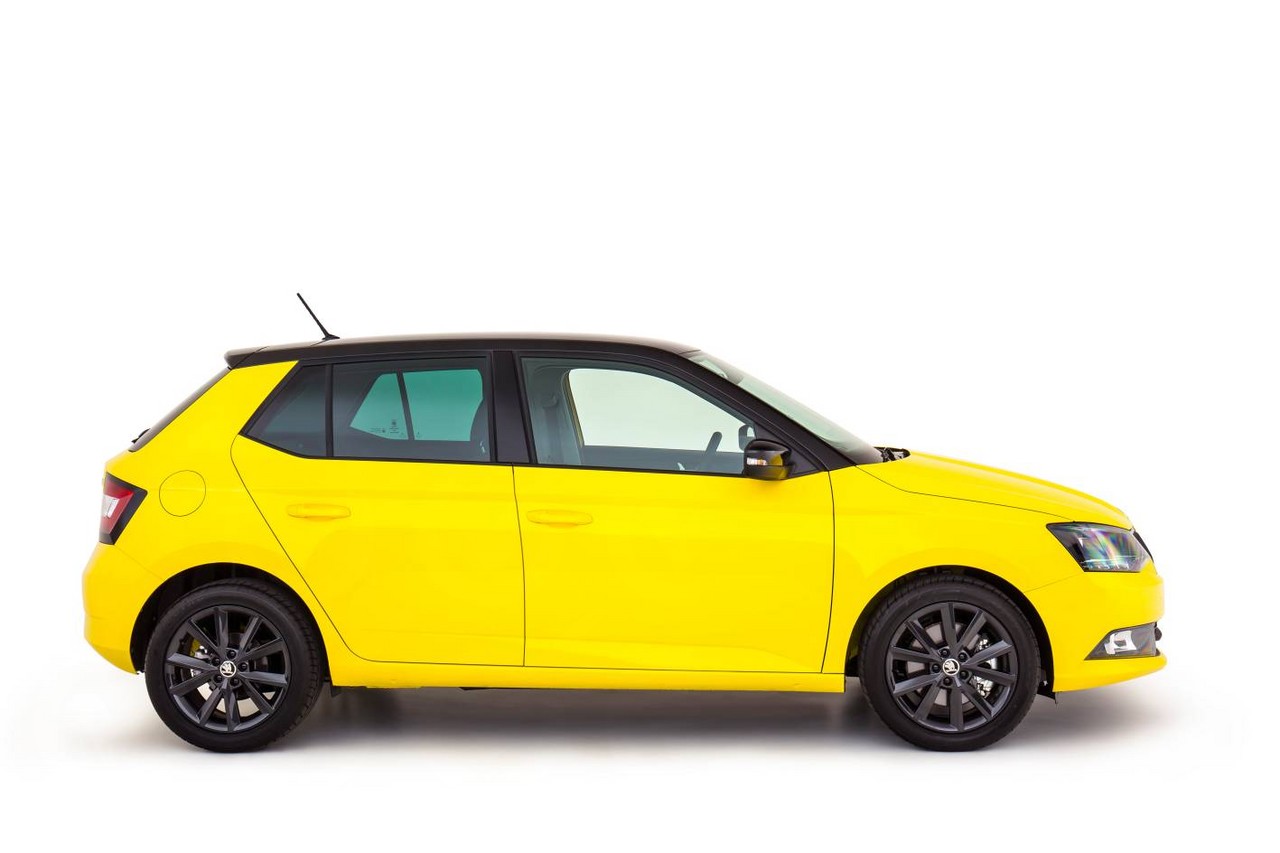
- Willing 1.2-litre turbo petrol engines
- Impressive ride/handling balance
- Spacious interior
- Accurate, well-weighted steering
- Five star safety rating and Automatic Emergency Braking (AEB) fitted as standard
- Hard interior plastics
- Engines require premium unleaded petrol (95 RON)
- For 81TSI, double clutch transmission slow to downshift
- Five-speed manual transmission lacks flexibility of six-speed units
Overview
Released in Australia in July 2015, the Skoda NJ Fabia was a light, five-door hatchback. Manufactured in Mlada Boleslav, Czech Republic, the front-wheel drive Skoda Fabia was powered by 1.2-litre turbocharged petrol engines with 66 kW and 81 kW outputs that were mated to five-speed manual and seven-speed double clutch transmissions, respectively.
EA211 engine
The Skoda Fabia’s 1.2-litre turbocharged petrol engines were part of Volkswagen’s EA211 engine family and had a die-cast aluminium block with cast iron liners, an aluminium alloy cylinder head, a single scroll turbocharger, an intercooler integrated in the induction pipe, double overhead camshafts driven by a toothed belt, variable intake camshaft timing (over a range of 50 degrees relative to the crankshaft), four valves per cylinder, direct injection (up to 200 bar) via five-hole nozzles and a compression ratio of 10.5:1.
To minimise fuel consumption, the 1.2-litre engine had a ‘Start-Stop’ function which enabled it to shut down when the Fabia was stationary in traffic. The Fabia also had Skoda’s ‘Brake Energy Recuperation’ which increased alternator output when the vehicle is braking or coasting to more efficiently charge the battery.
Body and dimensions
The platform for the Skoda NJ Fabia was a combination of Volkswagen’s MQB and PQ26 architectures. Compared to the Skoda 5J Fabia , the NJ Fabia was 8 mm shorter at 3992 mm, 90 mm wider (1732 mm), 32 mm lower (1467 mm) and had a 5 mm longer wheelbase (2470 mm). With a spare wheel fitted, boot capacity for the NJ Fabia was 305 litres; with the rear seats folded, however, cargo capacity increased to 1125 litres.
Suspension and steering
The Skoda NJ Fabia had MacPherson strut front suspension with lower triangular links. For the torsion beam rear suspension, the coil springs were located outside the telescopic shock absorbers. Furthermore, the NJ Fabia had electrohydraulic rack-and-pinion steering.
| Variant | Engine | Trans. | Peak power | Peak torque |
|---|---|---|---|---|
| 66TSI | 1.2-litre turbo petrol I4 (CJZC) | 5sp man. | 66 kW at 4400-5400 rpm | 160 Nm at 1400-3500 rpm |
| 81TSI | 1.2-litre turbo petrol I4 (CJZD) | 7sp DCT | 81 kW at 4600-5600 rpm | 175 Nm at 1400-4000 rpm |
Safety equipment
Standard safety equipment for the Skoda Fabia included dual front airbags, front side airbags, full-length curtain airbags, ABS, electronic brake force distribution, brake assist, electronic stability control, traction control and front seatbelts with pretensionsers and load limiters.
For Australia, the Fabia was fitted– as standard – with Skoda’s ‘Front Assist with City Emergency Braking’ which used a radar sensor to measure the distance to traffic ahead. If the Fabia was closing too fast on the vehicle ahead, Front Assist operated in three stages:
- Warnings: provided a visual warning, followed by an audible tone;
- Preparation: brought the brake pads into contact with the brake discs in preparation for an emergency stop; and,
- Activation: the brakes were briefly applied – effectively ‘jolting’ the occupants – to alert the driver. If the driver failed to respond, Front Assist would apply the brakes automatically to avoid or reduce the severity of a collision.
An extension of Front Assist, City Emergency Braking operated at speeds between 5 km/h and 30 km/h to monitor the area ahead of the Fabia for vehicles and pedestrians.
The Skoda Fabia was also fitted with a multi-collision brake function which would apply the brakes after an initial collision to a residual speed of 10 km/h in order to prevent a secondary collision.
Euro NCAP testing
In Euro NCAP testing , the 2014 Skoda Fabia 1.2 TSI received a five star safety rating which included an 81 per cent adult occupant protection rating and an 81 per cent child occupant protection rating. In the offset crash test, protection of the driver’s head, thighs and feet were rated as good, though chest and lower leg protection were rated as adequate (i.e. a slight risk of serious injury). In the side impact test and pole tests, head protection was rated as good, though chest and abdomen protection were rated as adequate.
Features: Fabia 66TSI and 81TSI
Standard features for the Skoda Fabia 66TSI included 15-inch ‘Dentro’ steel wheels with 6J x 15-inch 185/60 R15 tyres, a six speaker Arkamys surround sound system, Skoda’s ‘Bolero’ media system with a 6.5-inch touch screen, auxiliary inputs (3.5 mm/USB/SD card), Bluetooth mobile phone connectivity and audio streaming, air conditioning, daytime running lights, rear fog lights, rear parking sensors with optical display, leather steering wheel, 60/40 split and folding rear seats, remote central locking, power windows, power adjustable and heated mirrors, a height and reach adjustable steering wheel, a height adjustable driver’s seat, front and rear floor mats, tyre pressure monitoring, a trip computer and an immobiliser. As standard, the Fabia also featured Skoda’s ‘SmartLink’ smartphone connectivity system which included Apple CarPlay and Android Auto.
The Skoda Fabia 81TSI was further equipped with 15-inch ‘Mato’ alloy wheels, cruise control with speed limiter and a front armrest with storage compartment.
Related links
- Specifications: Skoda NJ Fabia and Fabia Wagon (July 2015)
- Skoda Australia: Skoda Fabia Hatch
- Wikipedia.org: Skoda NJ Fabia
